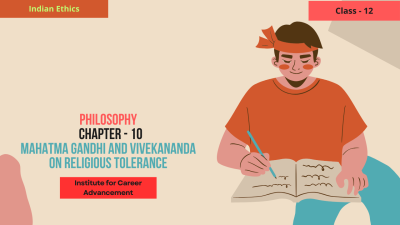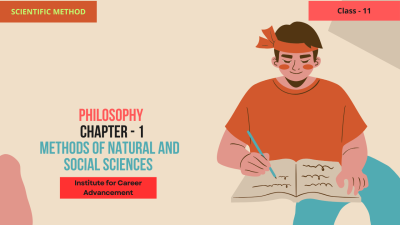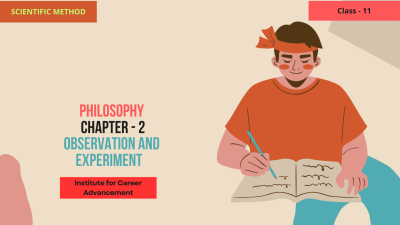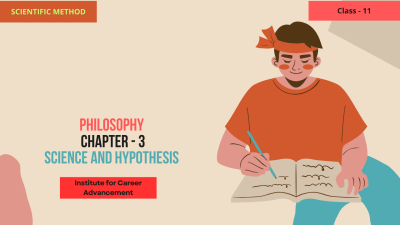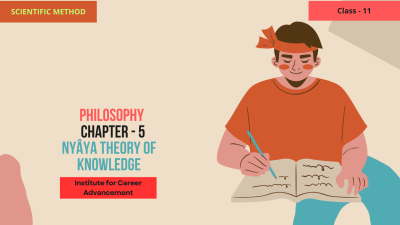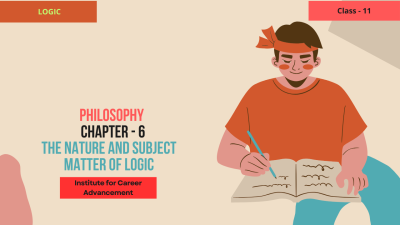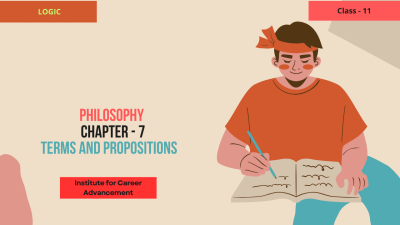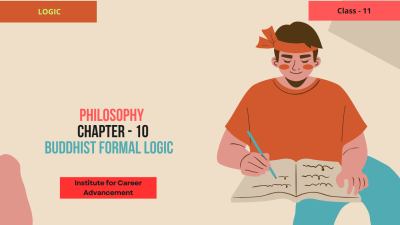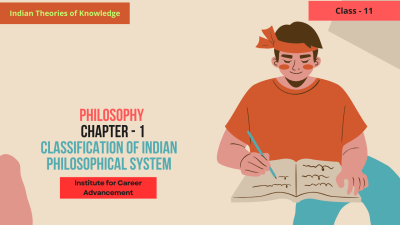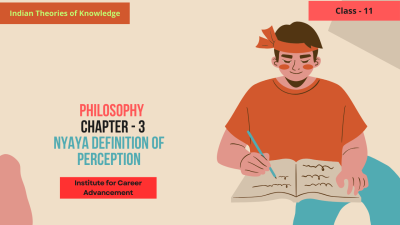Mahatma Gandhi and Vivekananda on Religious Tolerance - Class 12
This topic explores the perspectives of Mahatma Gandhi and Swami Vivekananda on religious tolerance, focusing on their views of respecting and coexisting with people of different faiths. Both Gandhi and Vivekananda emphasized the importance of understanding and harmony among various religious communities, which they believed was crucial for social peace and national unity. Mahatma Gandhi: Gandhi promoted the idea of Sarva Dharma Sambhava (equal respect for all religions). He believed that all religions lead to the same truth and that religious intolerance is a major cause of human suffering. He practiced and advocated for religious tolerance through his actions, promoting love, peace, and mutual respect among different religious groups. Swami Vivekananda: Vivekananda’s famous speech at the Parliament of the World's Religions in Chicago (1893) highlighted the unity of all religions, urging people to transcend sectarian differences and recognize the shared spiritual essence. He emphasized that true religion promotes self-realization and universal compassion, and thus, respect for all religions is essential for spiritual growth. This topic helps students understand the significance of religious tolerance in building a peaceful and inclusive society. এই বিষয়টি ধর্মীয় সহনশীলতার বিষয়ে মহাত্মা গান্ধী এবং স্বামী বিবেকানন্দের দৃষ্টিভঙ্গি অন্বেষণ করে, বিভিন্ন ধর্মের মানুষের সাথে সম্মান ও সহাবস্থানের বিষয়ে তাদের দৃষ্টিভঙ্গির উপর দৃষ্টি নিবদ্ধ করে। গান্ধী ও বিবেকানন্দ উভয়ই বিভিন্ন ধর্মীয় সম্প্রদায়ের মধ্যে বোঝাপড়া ও সম্প্রীতির গুরুত্বের উপর জোর দিয়েছিলেন, যা তারা বিশ্বাস করতেন যে সামাজিক শান্তি ও জাতীয় ঐক্যের জন্য অত্যন্ত গুরুত্বপূর্ণ। মহাত্মা গান্ধীঃ গান্ধী সর্বধর্ম সম্ভব (সমস্ত ধর্মের প্রতি সমান সম্মান) ধারণার প্রচার করেছিলেন। তিনি বিশ্বাস করতেন যে সমস্ত ধর্মই একই সত্যের দিকে পরিচালিত করে এবং ধর্মীয় অসহিষ্ণুতা মানুষের দুঃখকষ্টের একটি প্রধান কারণ। তিনি তাঁর কর্মের মাধ্যমে বিভিন্ন ধর্মীয় গোষ্ঠীর মধ্যে প্রেম, শান্তি এবং পারস্পরিক সম্মান প্রচারের মাধ্যমে ধর্মীয় সহনশীলতার অনুশীলন ও সমর্থন করেছিলেন। স্বামী বিবেকানন্দঃ শিকাগোতে বিশ্বধর্ম সংসদে (1893) বিবেকানন্দের বিখ্যাত ভাষণ সমস্ত ধর্মের ঐক্যকে তুলে ধরেছিল, মানুষকে সাম্প্রদায়িক পার্থক্যকে অতিক্রম করতে এবং ভাগ করা আধ্যাত্মিক সত্তাকে স্বীকৃতি দেওয়ার আহ্বান জানিয়েছিল। তিনি জোর দিয়েছিলেন যে সত্য ধর্ম আত্ম-উপলব্ধি এবং সর্বজনীন সহানুভূতির প্রচার করে এবং এইভাবে, আধ্যাত্মিক বিকাশের জন্য সমস্ত ধর্মের প্রতি সম্মান অপরিহার্য। এই বিষয়টি শিক্ষার্থীদের শান্তিপূর্ণ ও অন্তর্ভুক্তিমূলক সমাজ গঠনে ধর্মীয় সহনশীলতার গুরুত্ব বুঝতে সহায়তা করে।
English
Last updated
Tue, 07-Jan-2025

